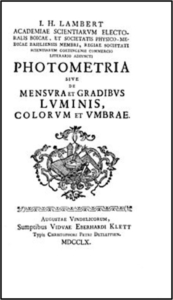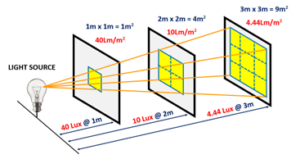We are a leading manufacturer of quality internal and external lighting products for commercial, industrial and retail applications.
View all productsAt Ansell Lighting we design and manufacture an extensive range of luminaires for a diverse number of sectors and applications. Whatever the shape, purpose or style of your space, we have a lighting solution.
View all sectors & applicationsWe are a leading manufacturer of quality internal and external lighting products for commercial, industrial and retail applications.
Welcome to Ansell lightingWe are here to answer any questions you may have, help you find a stockist or speak to a local member of our team.
OCTO delivers the complete smart lighting package to transform the efficiency and ambience of commercial and residential spaces.
Find information regarding our product warranty, product data downloads and FAQs regarding lighting and technical terms. Here you will find support with training CPDs as well as useful lighting design and LED strip calculators.
Photometry & Lighting

It may be that the term is considered a recent addition into the vocabulary, certainly since the advent of electric filament lighting back in the latter part of the 19th century, but you would be wrong, as it came from a much earlier time, with the term ‘Photometria’ being the title of a book discussing the measurement of light, written by Johann Heinrich Lambert in 1760.

The book was written in Latin, with the title being devised from the translated Greek words of ‘phos’ meaning ‘light’ and ‘metria’ meaning ‘measure’, and following its publication, the term started to be used across a number of European languages with the word being ‘photometry’.
This was the first work undertaken in order to identify many of the basic theories of photometry, culminating in an opportunity to create a series of principles, which started with two basic statements, firstly, that ‘light travels in a straight line in a uniform medium’ and secondly that ‘rays that cross do not interact’.
The content of the book then demonstrated that:
(a) Illuminance varies inversely as the square of the distance from a point source of light.
(b) Illuminance on a surface varies as the cosine of the incidence angle measured from the surface perpendicular.
(c) Light decays exponentially in an absorbing medium.
Let’s take the opportunity to consider each of these lighting-based phases in turn.
In looking at the first statement of illuminance which varies inversely as the square of the distance from a light source, this was established as one of the earliest lighting laws to enable the calculation of illuminance, where illuminance is directly proportional to the luminous intensity of the light source. As the distance between the light source and the illuminated surface increases, the amount of light being received by the illuminated surface reduces at a much greater rate than that of the increase in distance, with the amount illumination received on the surface being inversely proportional to the square of the distance between the light source and the illuminated surface. This is known as ‘The Inverse Square Law’, where light diminishes by the value of distance squared.

For those interested in equations, this means that the Inverse Square Law quantifies this effect, relating that of the vertical illuminance (Ev), the vertical intensity (Iv), and the distance (d), with the calculation of Ev = Iv/d².
For the second statement, the illuminance on a surface which has been rotated, so that the beam of light strikes the surface at an inclined angle other than being directly perpendicular, will mean that the area of illuminance will increase dependent upon the inclined angle and that the achieved illuminance will reduce accordingly.
The ratio between the original illuminated area where the light strikes a surface at 90° to the beam of light, to that of this new illuminated area where the light strikes a surface at an inclined angle to the beam of light, equates to the cosine of the angle through which the surface has been inclined.
This is known as ‘The Cosine Law’ and according to the cosine law, rays of light which fall on the surface at an inclined angle, will result in the illuminated area increasing in size and the achieved illuminance decreasing, where the illuminance falling on any surface depends on the cosine of the light’s angle of incidence, shown below as the angle θ.

For those interested in equations, this means that Lamberts Cosine Law, which quantifies this effect, relates that of the illuminance (E) the intensity (I) and the distance (d), as well as, the cosine of the inclined angle (Cosϴ), with the calculation of E = (I/d²) Cosϴ.
In respect of the third statement, where light decays exponentially in an absorbing medium, is defined where the light intensity is a form of radiation energy passing through an area over time and being termed as irradiance. This term is defined as the energy per unit of time that strikes a unit of horizontal area, per unit of wavelength interval, and is measured in units of W/m2. When this light is absorbed, part of the radiation energy is converted into heat, and is measured in ‘Joules’, resulting in the intensity of light decreasing exponentially.
In concluding this editorial, the publication was an unfortunate situation for J.H. Lambert, as there were probably just too many advances within his book, meaning that its publication attracted some indifference, which resulted in the book was not being evaluated for some 100 years following publication. This was until a later time when the introduction of gas lighting required the need for photometry calculations, however over the more recent intervening years, the book’s content has been used as the basis for other lighting calculations.